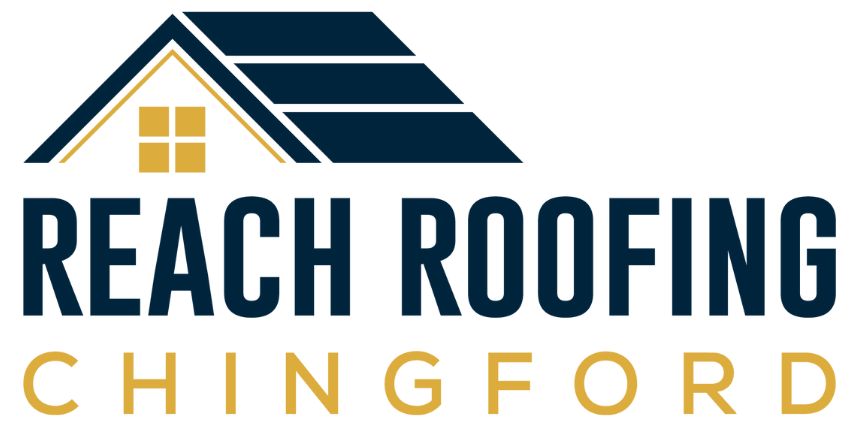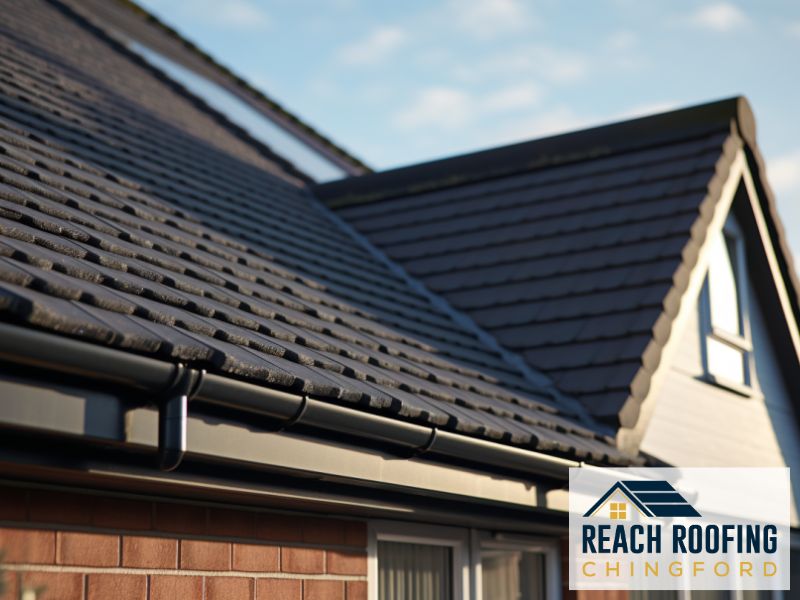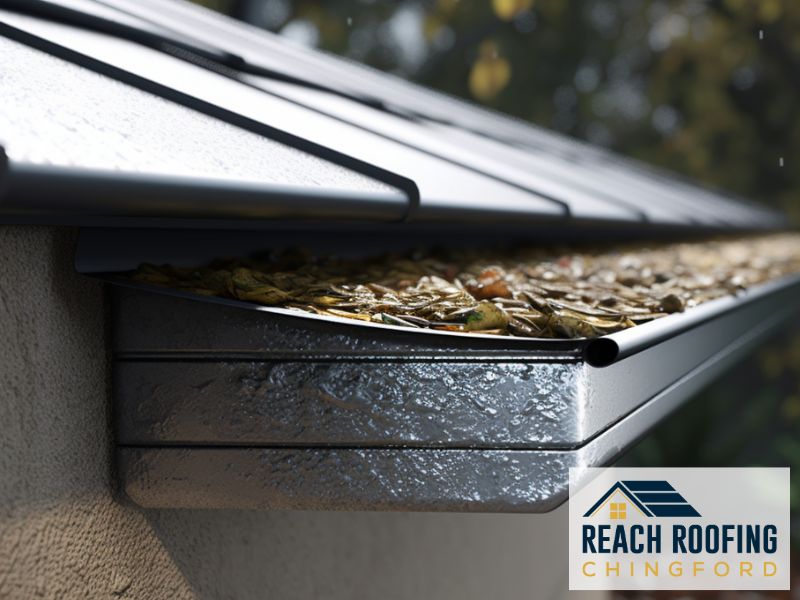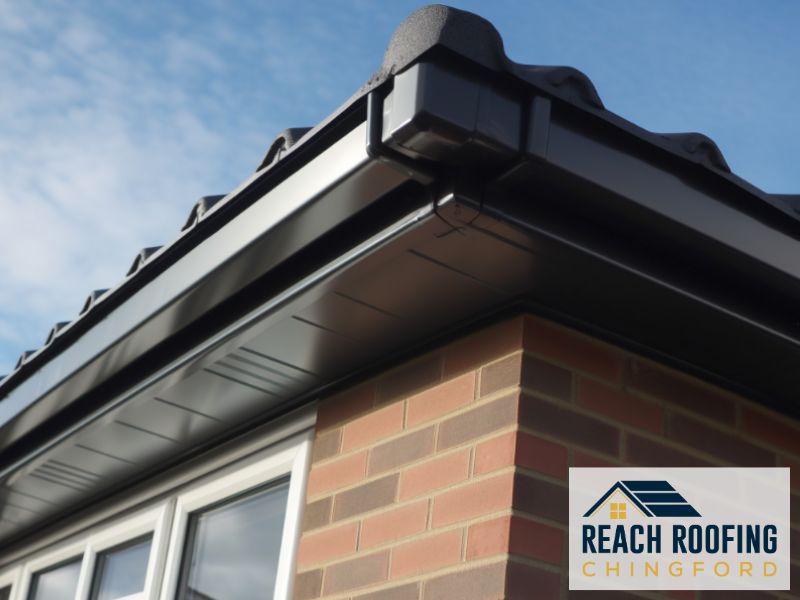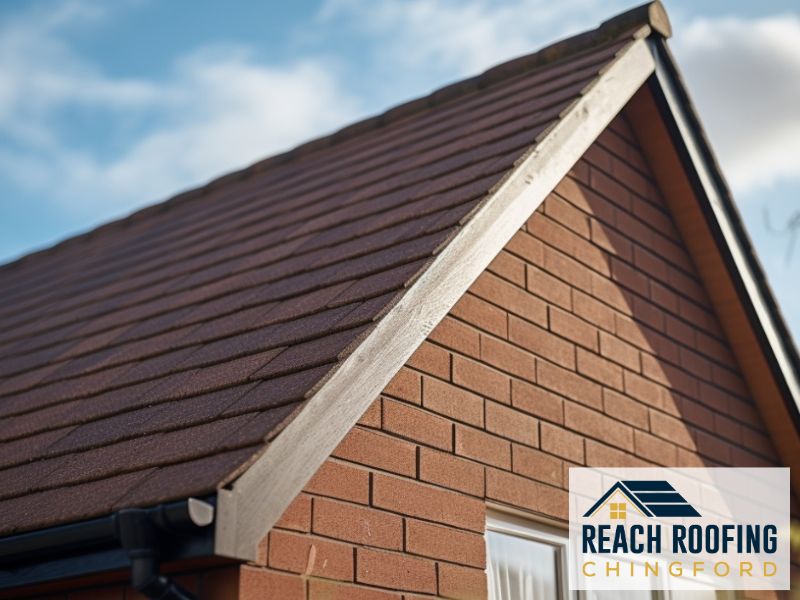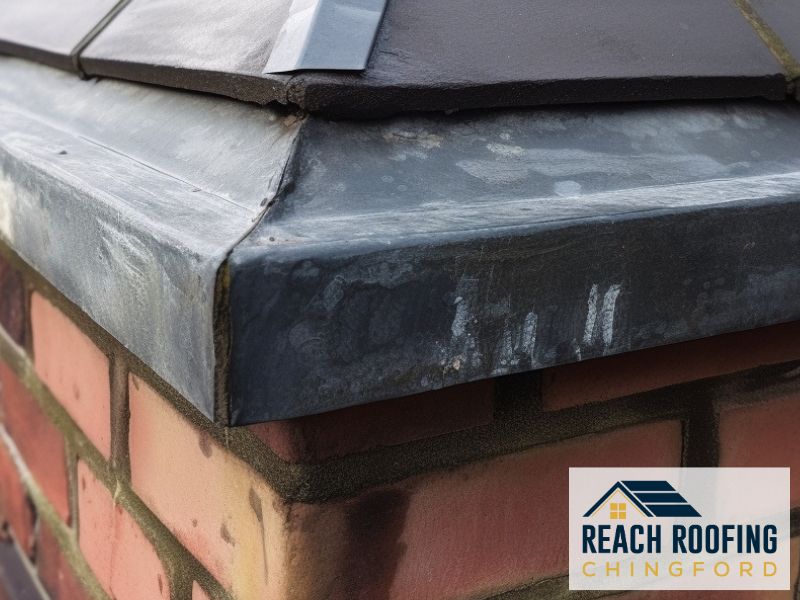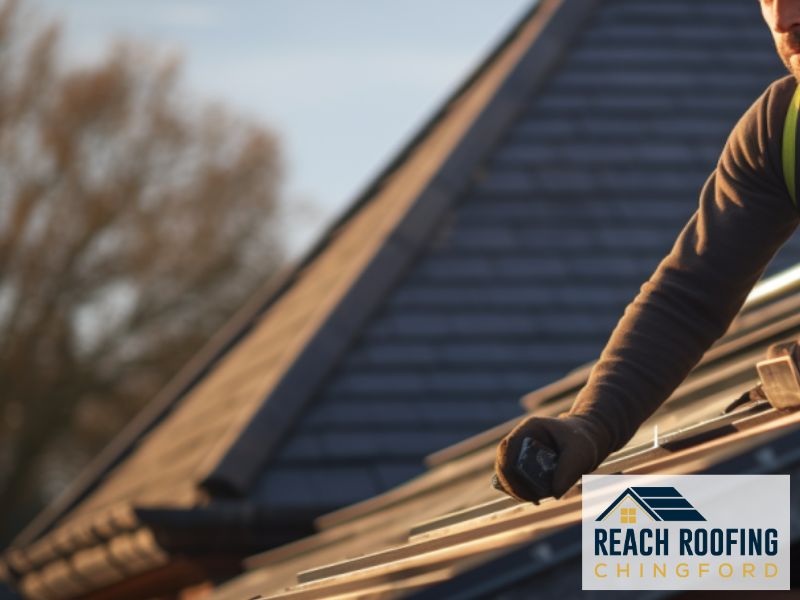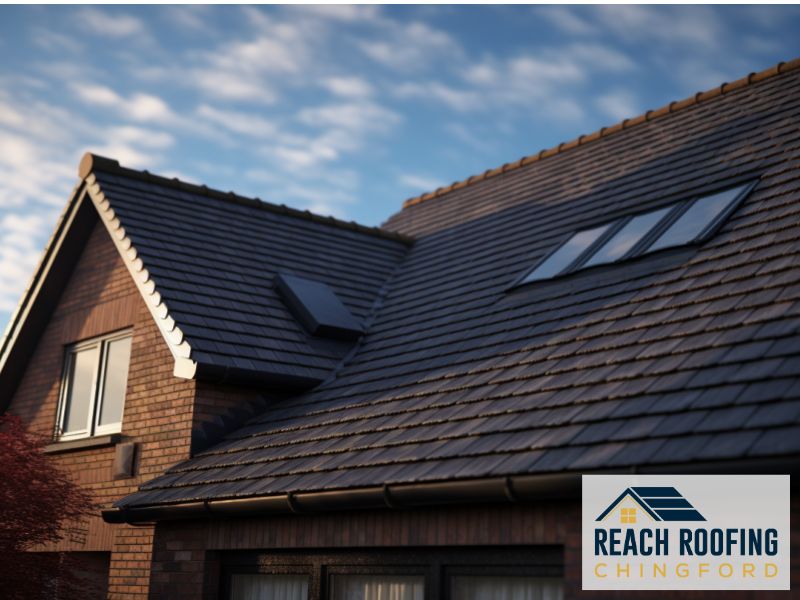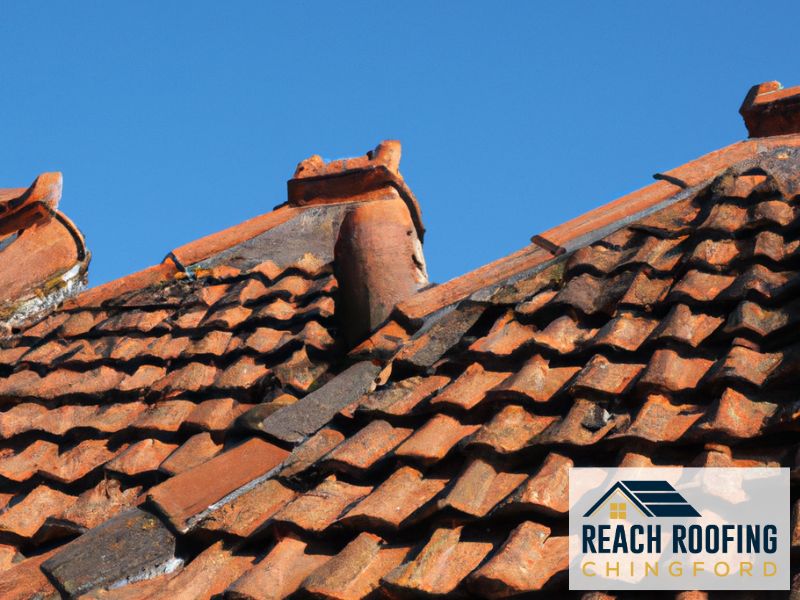A re-roof and a new roof are two common roofing projects, but they have some key differences. A re-roof involves removing old roofing materials from an existing roof structure and replacing them with new ones. In contrast, a new roof entails building a completely new roof structure and installing new roofing materials.
Understanding the differences between these two roofing approaches is important for UK homeowners considering roof work. The decision between a re-roof and new roof impacts cost, structural considerations, legal/building code requirements, and more.
Re-roofing in the UK
A re-roof entails removing all old roofing materials from an existing roof structure, making any necessary repairs, and installing new roofing materials. Re-roofing is warranted when the existing roof structure remains structurally sound overall.
Common situations where UK homeowners opt for re-roofing include:
- Worn out roofing materials – Over time, roofing materials like asphalt shingles, clay tiles, and slate can become damaged and worn, necessitating replacement.
- Leaks/water damage – Persistent leaks and water infiltration issues may make re-roofing advisable even if roofing materials are not extremely old.
- Inadequate insulation – Improving energy efficiency often motivates re-roofing existing structures with modern well-insulated roofing systems.
- Aesthetic upgrade – Some homeowners choose to re-roof existing roofs with new materials simply for aesthetic/curb appeal reasons.
The Re-roofing Process
Typical steps in a full re-roofing project include:
- Inspection – A roofing professional will thoroughly inspect the existing roof structure and materials to assess condition and determine if re-roofing is appropriate.
- Tear-off – Crews remove all old roofing materials down to the roof deck.
- Repairs – Any damaged or rotten roof decking or structural issues are addressed.
- Preparation – The roof deck surface is prepared for new roofing materials.
- Installation – New underlayment, ice/water shield membrane, and finally the new roofing materials are installed per manufacturer specifications.
Materials Used in Re-roofing
Many types of modern roofing materials are suitable for use in re-roofing projects:
- Architectural Asphalt Shingles – A very popular re-roofing material, available in a wide variety of durable styles and colors. Lifespans of 30-50 years.
- Steel – Corrosion-resistant metal roofing like steel comes in long-lasting panels.
- Flat Roofing Systems – Materials like PVC, TPO, EPDM can re-surface flat commercial roofs.
- Solar Tiles/Shingles – Re-roofing is a great time to add integrated solar panel roofing materials.
The condition of the existing roof structure impacts which new roofing materials make sense for a re-roofing project. Professional roofing contractors assess this carefully during planning.
New Roofing in the UK
Installing a entirely new roof structure and roof covering is advisable when the current roof:
- Has severe structural defects/damage beyond repair
- Needs to support significant additional weight (solar panels, HVAC units, etc.)
- Has inadequacies requiring significant change (roof pitch, layout, etc.)
- Is being installed on a new home or addition.
The New Roof Process
Major steps involved in constructing a new roof include:
- Architectural Planning – Homeowners work with architects/roofing professionals to design the new roof structure and materials to meet needs.
- Permits – Building permits/planning permission must be obtained before work begins.
- Tear-off – If replacing an existing roof, the old roof and structure are removed completely.
- Framing – Trusses/rafters, sheathing, and any other structural roof elements are built.
- Roofing Installation – Starting with underlayments, ice shield, and finally the top layer roofing materials (shingles, metal roofing, etc.)
New Roofing Material Options
New roofs allow for a very wide range of modern, sustainable roofing materials:
- Slate or Clay Tiles – Extremely durable traditional materials perfect for new roofs. Offer a classic appearance.
- Asphalt & Composite Shingles – Affordable and available in a vast range of durable styles/colors. 30-50 year lifespan.
- Metal Roofing – Steel, aluminum, or copper roofing panels last 40-70+ years.
- Cool Roofs – White membrane or coated metal roofing reflects sunlight, reducing cooling costs.
- Green Roofs – Roofs covered partially or fully with soil and hardy drought-tolerant vegetation reduce storm runoff.
- Solar Shingles/Tiles – Integrated solar shingles or tiles transform roofs into solar panel arrays to generate electricity.
On a new roof project, roofing professionals help select the optimal materials to meet homeowners’ needs and preferences while complying with building codes and standards.
Key Differences Between Re-roofing and New Roofing
Cost Differences
There is a significant cost difference between re-roofing an existing structure and installing a completely new roof:
- Re-roofing costs less – Prices typically range from ??3,500-12,000 depending on roof size/materials.
- New roofs cost more – Prices can start around ??20,000 or more for a completely new roof structure and high-end slate/tile roof.
Key variables that impact the cost difference include:
- Roof size – More roof square footage means higher cost for either type of project.
- Accessibility – Multi-story homes or challenging access increases cost.
- Roof structure repairs needed – Replacing rotted roof decking or structural reinforcements adds expense to re-roofing.
- Material selected – Luxury materials like natural slate tiles add substantial cost to new roofs. Value roofing materials cost less.
- Solar integration – Adding solar doubles project cost but yields long-term savings.
It’s vital to consult experienced roofing contractors to get accurate quotes for any roofing project.
Structural Considerations
- Re-roofing mostly preserves existing structure – Leaving the current roof structure intact means less impact on the home. Some repairs may be needed.
- New roofs require assessing structural adequacy – The load bearing capacity and other aspects must be reviewed to ensure the structure can handle a new roof. Reinforcing weak areas may add costs.
For larger new roof projects, significant additional framing is usually integrated for enhancing structural integrity under heavy snow loads or high winds.
Legal and Building Code Considerations
- Re-roofing only requires basic permits typically – No extensive approvals needed as long as the structure meets building codes.
- New roofs require planning permission and building permits – New roof structures and layouts must undergo thorough reviews to ensure compliance with local and national building codes and zoning laws prior to approval.
Re-roofing contractors handle securing any necessary permits, but for new roofs, homeowners must proactively manage the complex review and permitting process.
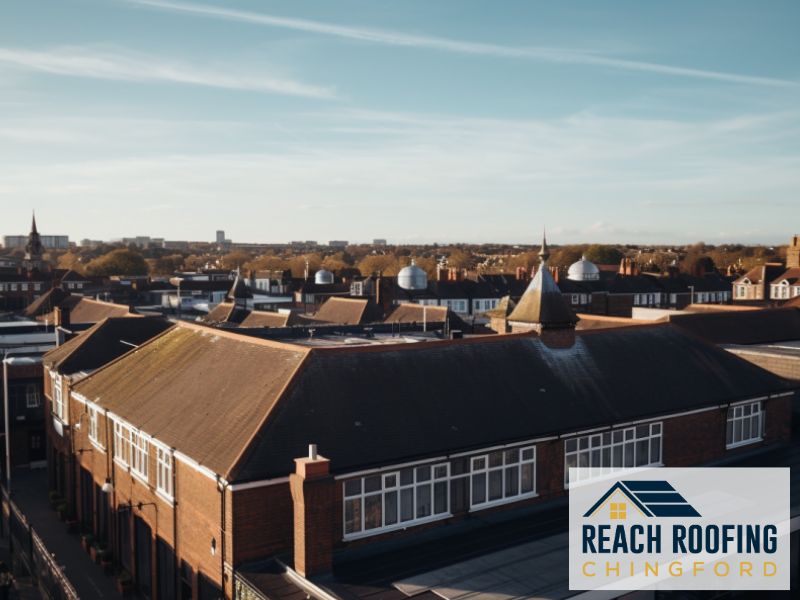
FAQ Section
Can I re-roof instead of installing a new roof?
- In many cases, yes – If your roof structure remains fundamentally solid, re-roofing just the external materials is a smart way to restore performance and lifespan at a lower cost.
As long as roof inspection confirms the essential roof components (sheathing, trusses, etc) are sound, re-roofing is often perfectly suitable to achieve a quality roof restoration that will last decades.
What factors influence the cost of re-roofing?
Key factors impacting your re-roofing costs include:
- Overall roof size and layout complexity
- Type of roof materials selected – Asphalt shingles vs metal roofing, etc
- Extent of any structural damage uncovered needing repair
- Accessibility complexity – Simple single story vs steep multi-story roofs
- Location complexity – Rural vs dense urban area
- Specialized ventilation or insulation upgrades
When planning a re-roof, have roofing contractors thoroughly evaluate your existing roof to develop quotes factoring in all these variables accurately.
Is planning permission required for new roofing projects?
- Generally yes, although norms depend somewhat on specifics:
For extensive new roof structures especially on multi-story homes, full planning permission involving thorough structural and zoning reviews is usually mandatory before work can legally begin. The process may take weeks or months.
For more modest projects like new dormer roofs on existing homes, contacting your local council planning department will clarify permissions needed based on design. Various expedited approvals may apply.
It’s always wise to sort any planning permission requirements for new UK roofs out proactively to prevent delays or legal issues.
How long does a re-roofing project typically take?
- Most residential re-roof projects take 2-5 days from start to finish:
- Day 1 – Old roof tear-off
- Day 2 – Repairs, substrate installation
- Day 3-4 – Installation of underlayments and new roofing materials
- Day 5 – Flashing and detail work
Larger or more complex re-roofing projects can sometimes last 1-2 weeks from start to finish. The roof size, material used, team size, weather delays, and other factors all impact overall timeframes.
Experienced re-roofing contractors plan work efficiently to minimize disruption to homeowners where possible.
Are there eco-friendly options for both re-roofing and new roofing?
Yes, many environmentally sustainable roofing material options exist that are great for either re-roofs or new roofs, like:
- Solar shingles – Integrated solar cell shingles produce renewable electricity and can get cleaner government incentives.
- Cool roof coatings – White elastomeric roof coatings minimize heat absorption, reducing air conditioning costs substantially while also making homes more comfortable.
- Green roofs – Installing low maintenance drought-tolerant vegetation over roofing membranes reduces stormwater runoff and cooling costs.
- Recycled content roofing – Many asphalt shingles, metal roofing materials, and flat roof membranes incorporate recycled content.
When planning any residential or commercial roofing project, discuss eco-conscious material choices with your contractor to protect the planet while also saving money long term on energy.
Roofing company Chingford distinguishes between re-roofing (adding a new layer of shingles) and new roofing (complete replacement) based on your needs.
Thanks for reading our post, feel free to check out our other services:
- Chimney Repairs
- Commercial Roofing
- Flat Roofing
- Guttering, Soffits and Fascias
- Lead Roofing & Leadwork
- Pitched Roofing
- Roof Repairs
- Roof Replacement & New Roofs
- Skylights & Roof Windows
- Slate Roofing
